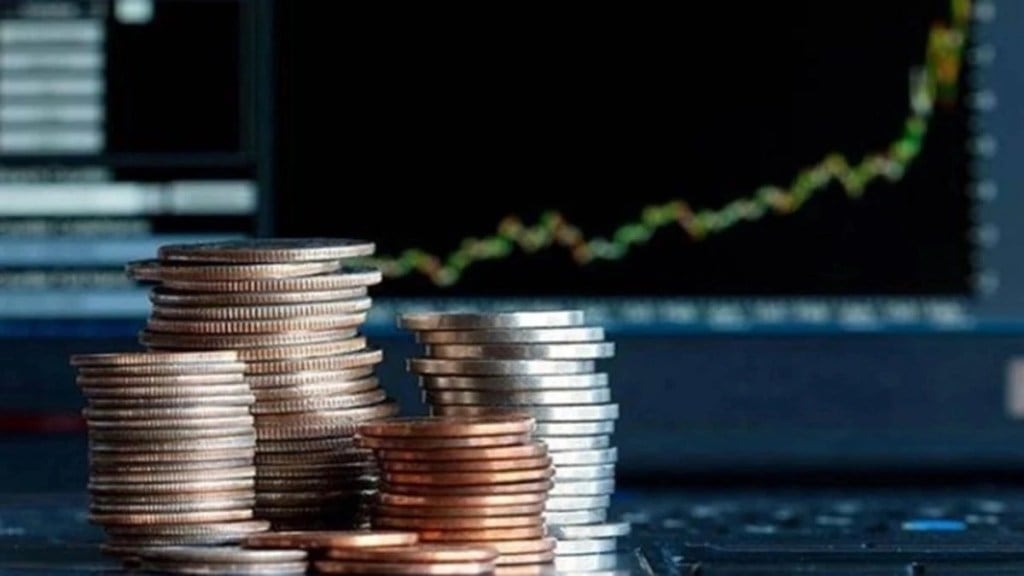The outbreak of the Israel-Hamas war has once again fuelled worries of high crude prices, which after touching a year-high of $97 per barrel in September briefly had corrected sharply last week. On Monday, Brent crude was trading above $87-a-barrel. And some analysts estimate Brent crude may even touch $100 per barrel this year.
Mukesh Kochar, National Head-Wealth, AUM Capital believes Brent crude’s price “may touch $100 per barrel, before getting closer to $80 per barrel by March.”
While the RBI even in the latest monetary policy statement assumes the price of India’s crude oil basket to average $85 per barrel in FY24, global uncertainties owing to the war in Israel and extension of production cuts announced by Saudi Arabia, Russia and OPEC (Organization of the Petroleum Exporting Countries) may cause the India’s crude basket price to average much higher.
“If you ask the RBI today, they may say $85 a barrel would be on the lower side, given what happened on Saturday. Of course, $85 prior to the war was a reasonable assumption,” said N Bhanumurthy, vice chancellor, Dr BR Ambedkar School of Economics University.
“Now, we will have to see where the price goes. If other middle-eastern countries take part in the war, prices may go up much further,” he said.
As a fraction of the gross domestic product (GDP), the current account deficit (CAD) for FY24 might cross 2%, even if crude averages at $95/barrel in the year. The CAD would still remain under control, as a contraction in exports may continue to be accompanied by an equally sharp, or sharper fall in imports.
India’s CAD narrowed to 1.1% of the GDP in April-June FY24, from 2.1% in the corresponding period of last year, but widened sequentially from 0.2% in the January-March quarter.
In terms of inflation, costlier crude will cause a rise in imported inflation. However, the effect would be muted, as pass-through of the spike to retail level may not materialise, or be marginal.
However, as crude is not only linked to pump prices of auto fuels but also to naptha, gas other industrial feeds, its price rise will also affect a broad range of products in the petrochem-to-plastics value chain, fertilisers like urea, metals and so forth. India imports 20% of its urea requirement, and since the prices of this commonly used fertiliser at the retail levels are fixed, higher costs could jack up the fertiliser subsidy.
“Prices of feedstocks for a host of the chemicals including specialty chemicals would increase and long term Liquefied natural gas (LNG), which is linked to crude oil prices, cost will increase,” said Prashant Vashisht, vice president, ICRA Ratings. “The oil market companies could see their marketing margins erode on auto fuel sales and for High-Speed Diesel, this could be negative.” Vashisht says the Brent crude could average between $80-95-a-barrel in FY24.
See the chart for a range of projections of inflation and CAD based on different possibilities of India’s crude oil basket price in FY24. The projections for retail inflation is based on the RBI estimate that for every 10% rise from baseline forecast of Indian basket of crude, retail inflation could rise by 30 bps.
India’s crude oil basket comprises sour grade (Oman and Dubai average) and sweet grade (Brent) crude oil.
“We note at $90/bbl average from the estimated $85/bbl, our CAD estimate will rise to 1.6% from current 1.4% and our retail inflation forecast by 18-22 basis points from 5.2% to 5.4%, while GDP growth could be hit by 10bps, ceteris paribus,” said Madhavi Arora, lead economist, Emkay Global.
Madan Sabnavis, chief economist, Bank of Baroda says, “if the war persists for long, which is say, even a fortnight onwards, then the oil dynamics will change. Brent had crossed the $90-a-barrel mark but then retreated. Now we can use the 90 number to be the threshold beyond which there is trouble for the world economy.”
“India can get affected if the price remains high due to further supply disruptions. Iran joining the fray can affect the sea routes and push up transport and insurance costs,” Sabnavis said.
That said, higher oil prices could also lead to a higher nominal GDP growth, which could provide some comfort on the fiscal front, given Budgetary estimates assume a 10.5% nominal growth in FY24.
“India’s nominal GDP could be between 10.5-11% in FY24. This would depend on the international oil price trajectory in the second half,” said Bhanumurthy.


